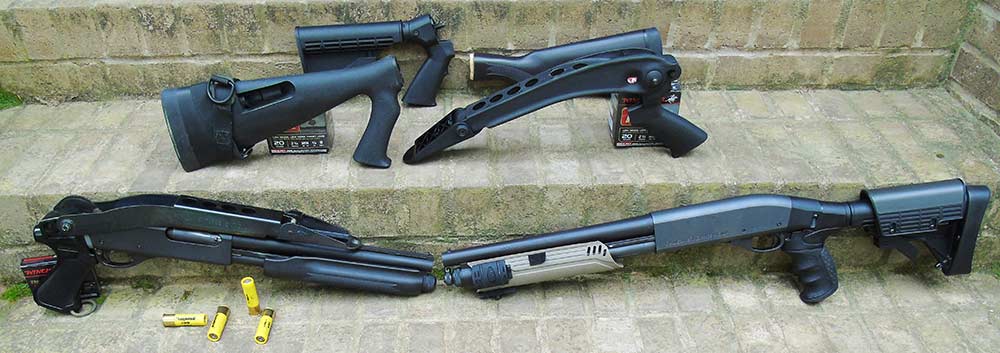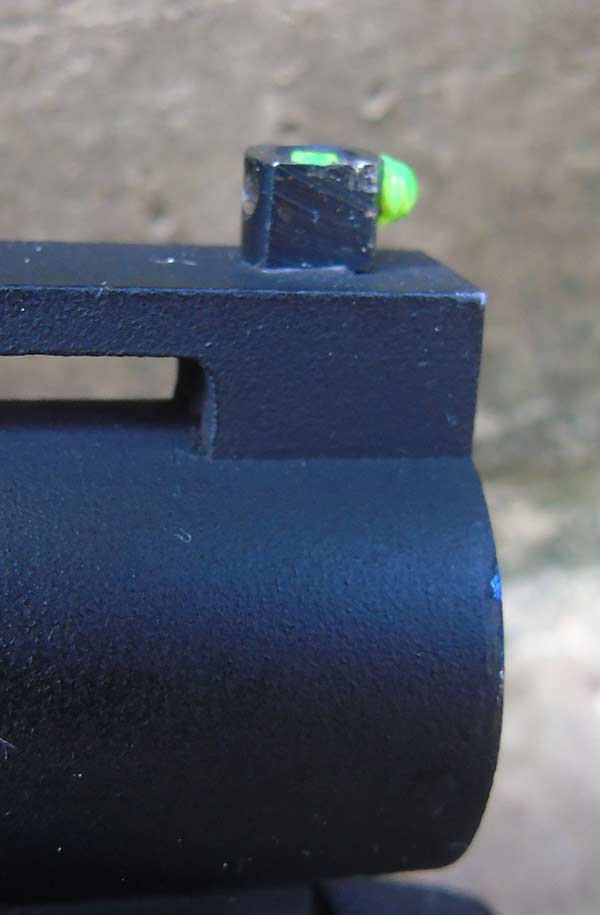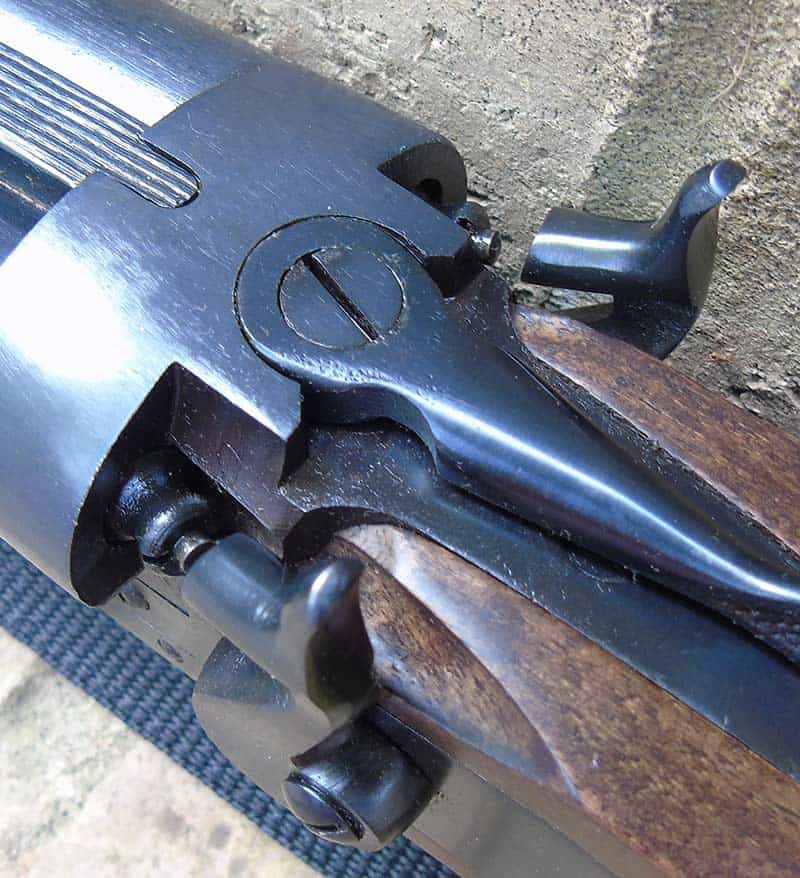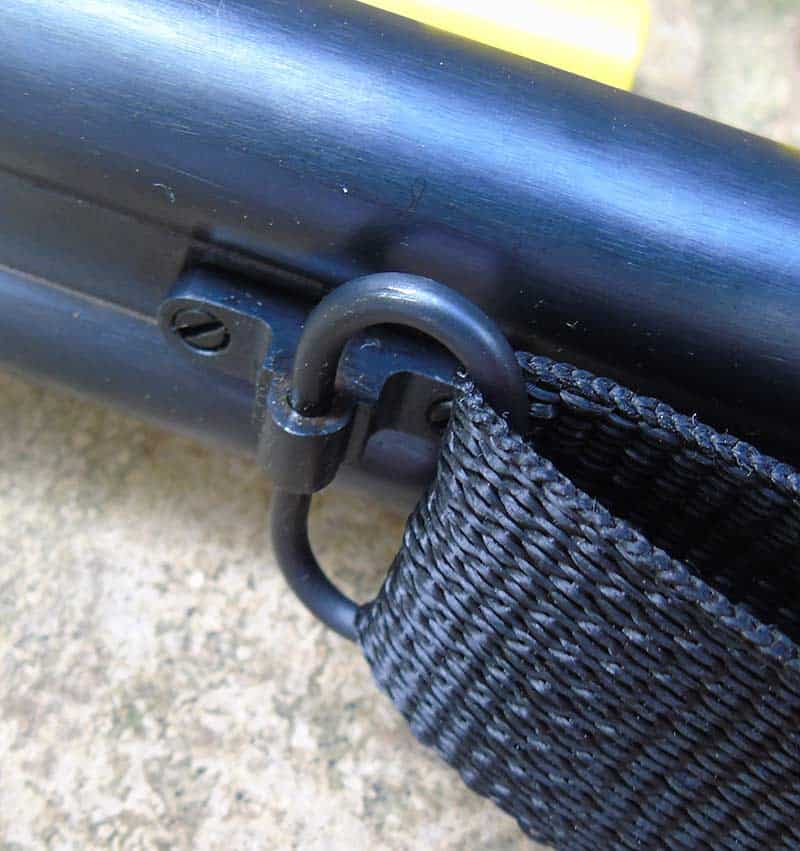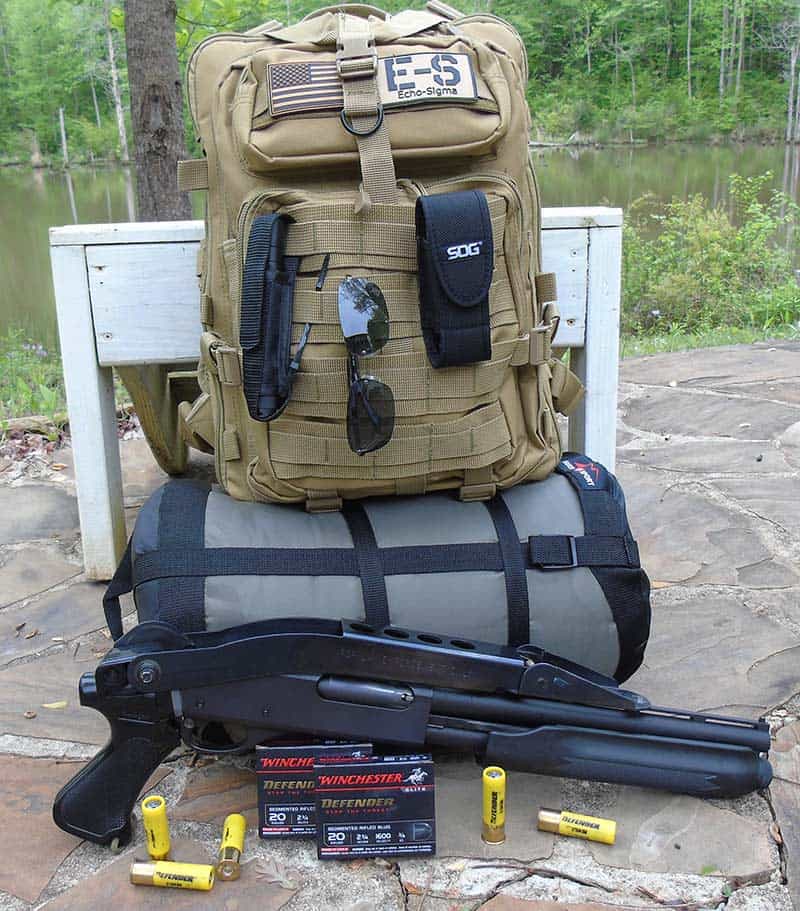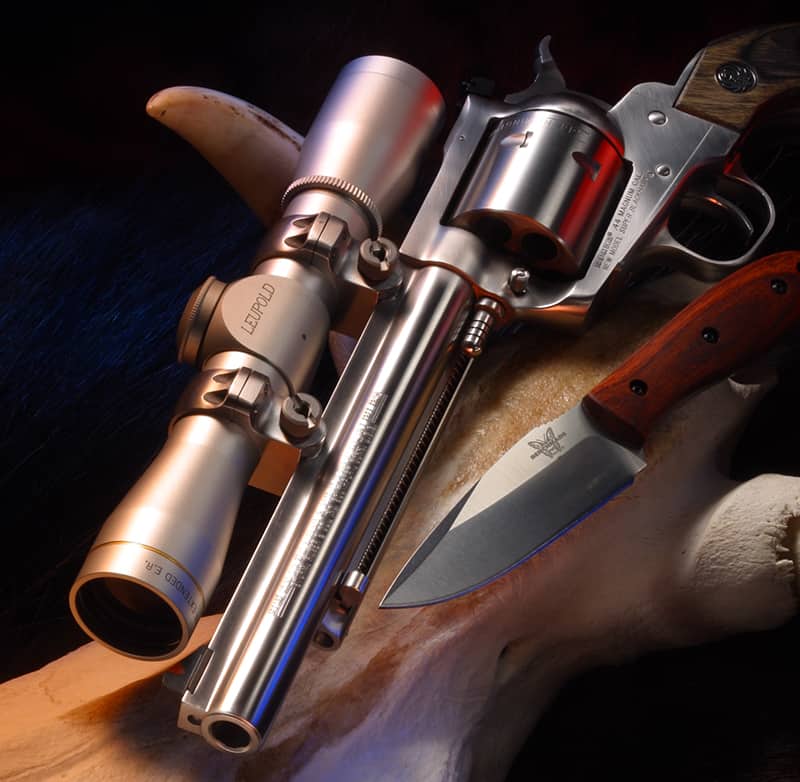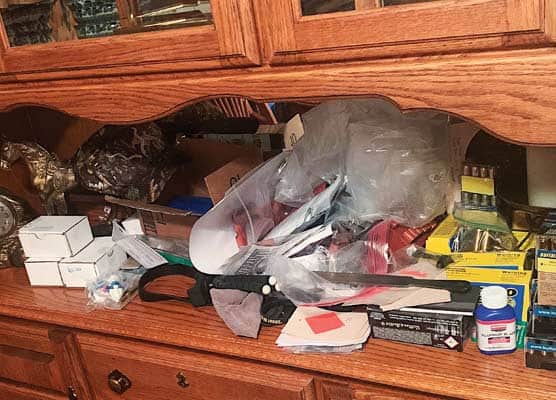The Next Level
For those rugged individualists with a spare $200 and a little patience, a BATF Form 1 downloaded from their website and a bit of administrative red tape can produce some seriously cool survival iron at a very reasonable cost. Our pump-action contender began life as a rusty and shopworn pawnshop beater desperately in need of some TLC.
I suspect this particular Remington 870 20-gauge was likely some kid’s starter gun. When he graduated up to more serious iron, the 20 found its way to the local pawnshop. Always one to seek out diamonds in the rough, I picked up the tired old shooter for a song and headed to my workshop.
The paperwork to shorten the barrel at home is straightforward enough and details are available online. Just keep in mind the difference between a lifetime of shooting enjoyment and 10 years in the Big House is having the approved form in hand before reaching for a hacksaw. As turnaround for a BATF Form 1 can range from 3 to 12 months or more, you’ll need something to keep yourself busy while you wait. This is where the rest of the project comes in.
I started by stripping the gun completely and degreasing it meticulously with mineral spirits. I then sprayed the major components with automotive engine block paint. This stuff is available at any auto parts store for less than $10 per can. It’s available in a broad spectrum of colors to include basic black. Once the paint has dried completely it must be cooked for maximum resilience.
You can do this in the kitchen oven. The instructions are printed on the side of the can and most brands require three heating and cooling cycles at various temperatures to cure the paint fully. However, if you choose this option your baked potatoes will forever taste like a battery factory and you’ll likely have to cut the dog in half before the divorce settlement is finalized. A better solution is to pick up a cheap toaster oven at your local box store. Once the barrel is cut down it will usually fit.
After the paperwork comes back approved you can cut the tube down with a hacksaw but I opted for a metal cutoff blade on a table saw. This gave me a nice square cut and after a bit of dressing with a Dremel tool the project looks like it was done in a factory. A drill and hand tap mounts an aftermarket front sight without much fuss.
There are basically no aftermarket stock options available for the Remington 870 20-gauge but accessories abound for the larger 12-bore. Fortunately, Mesa Tactical produces an adapter that drops in place and bridges the gap splendidly. The adapter will set you back about $20 on Amazon and is both simple and robust.
With the adaptor in place the world is your playground. Top-folders, side-folders, pistol grips and spring-assisted recoil-reducing contrivances more complicated than my laptop are but a click away. With a little creativity an old beater 20-gauge can now perform on par with tuned tactical scatterguns costing multiples more and look cool doing it.
